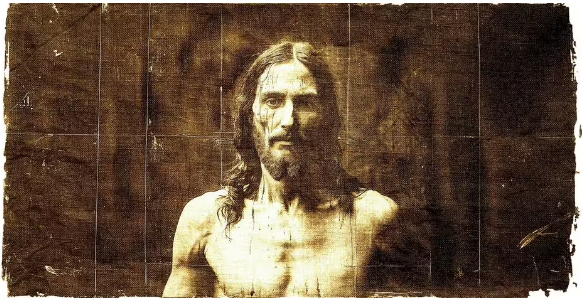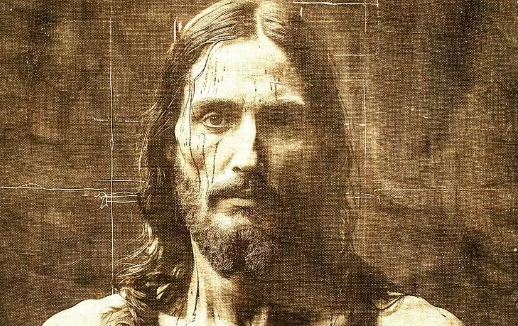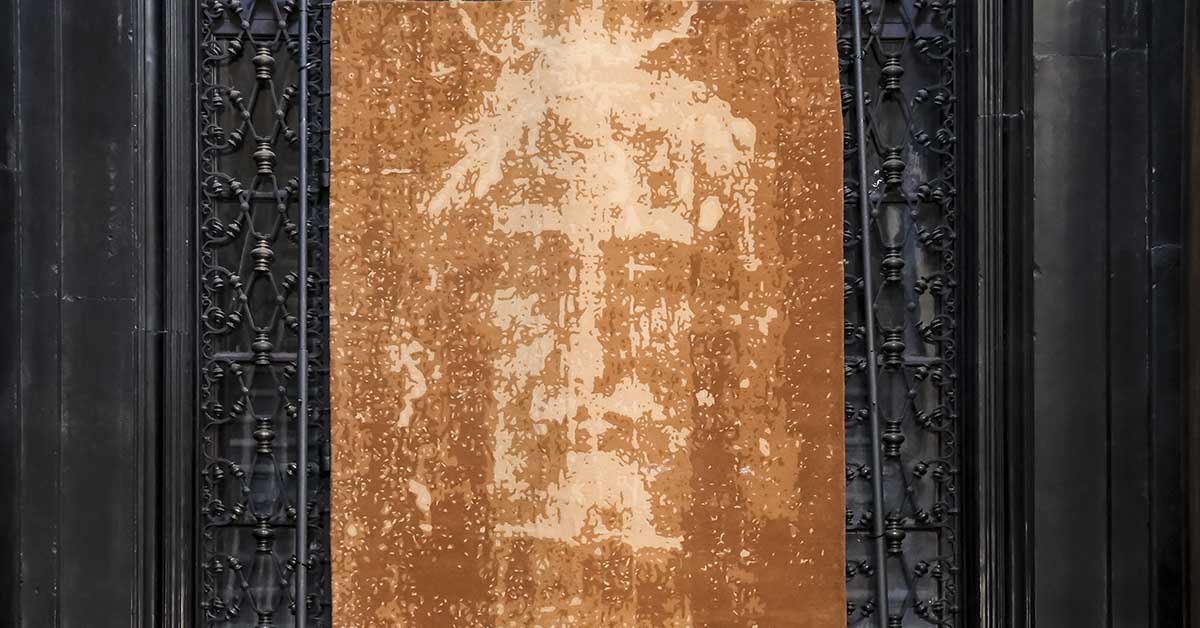Recently, everyone seems to be hopping on the artificial intelligence train. It’s almost impossible to visit a social media site without seeing someone changing their profile to a “Studio Ghibli” animated likeness of themselves. The latest trend is turning yourself into an action figure, packaged along with all the accessories associated with your job. You can use AI to turn any picture of yourself into any style you can think of. People have begun to use this technology in novel ways, such as the aforementioned examples. But can the same tools be used to generate something scientifically accurate by just using an image? For example, could AI turn the Shroud of Turin’s facial imprint into an accurate portrayal of whomever was apparently once wrapped in it?
Using AI On The Shroud Of Turin

The Shroud of Turin has long been thought to be the piece of linen in which Jesus was buried. Since 1578, it has been housed in the Cathedral of San Giovanni Battista’s royal chapel in Turn, Italy. While many people claim that the visible imprint of a bearded male man was created when Jesus was buried, others claim that it is a hoax. Following recent online debates about Jesus’ physical appearance, someone used the Shroud of Turin as an input image into an AI image generator called Midjourney. They then asked the AI to generate a realistic portrayal of Jesus Christ based on the faint image.
While the image that Midjourney created does look realistic, there is a huge issue with it. It looks more like European artists’ portrayal of Jesus and not a depiction of how a man from that time and place would actually have looked like. While there are existing AI models that can assist in image analysis and forensic facial reconstruction, image generators such as Midjourney don’t actually analyze images the way a forensic scientist would. Instead, they create images based on patterns it picked up from massive datasets.
These types of AI are trained on millions of pairs of image texts. So, in this case, the model may have seen thousands of interpretations of Jesus as well as the Shroud of Turin. It doesn’t learn any facts, only visual patterns. So, if you had to prompt for a “realistic interpretation of Jesus”, it would not draw any information from the shroud, but rather from its vast database of what Jesus should look like. This is why the image looks like the version of Jesus that you would see framed on your grandma’s living room wall.
Read More: Shocking Discovery Uncovered After Analyzing the Cloth Jesus Was Buried In
Not A Realistic Depiction

Midjourney doesn’t treat the Shroud of Turin like a technical blueprint. Rather, it uses it as an inspirational reference. A real analysis of the cloth imprint would likely reveal a consistent portrayal of the apparent figure. However, if you had to use the exact same prompt and AI image generator, the chances are that it would look slightly different each time. Some people may point to the fact that the generated image also portrays wounds and blood as proof of its authenticity. However, the AI could simply have added those elements based on the associations of the shroud and the apparent wounds Jesus suffered.
Does that mean that AI cannot help with analyzing historical artifacts? The answer is that it depends on which AI is being used. The image-to-text models we use are simply not capable of accurately portraying a person based on a single faded imprint. However, there are scientific AI models that would be able to assist in digital restoration, creating topographical 3D models and comparing them to historical anatomy. The commercially available AI image generators can produce endless hours of entertainment but should not be counted on to produce scientifically accurate portrayals of historical figures.
The question of how Jesus really looked has long been the source of much debate. We are so accustomed to the blonde-haired, blue-eyed Western interpretation of Jesus that a more accurate dark-skinned Middle Eastern man almost seems jarring. Yet, that is precisely what Jesus was and therefore would have likely had an olive to dark brown complexion. His hair would have likely been coarse and curly, not the blonde waves we see commonly depicted. While using AI to create images may be fun, relying on it for accurate depictions derived from a cloth “shrouded” in controversy may be short-sighted.
Read More: Scientists Discover New Biblical Insights About Jesus’ Death and Resurrection at His Burial Site

